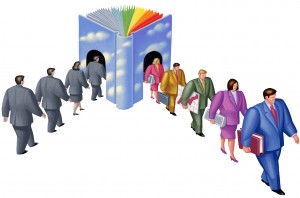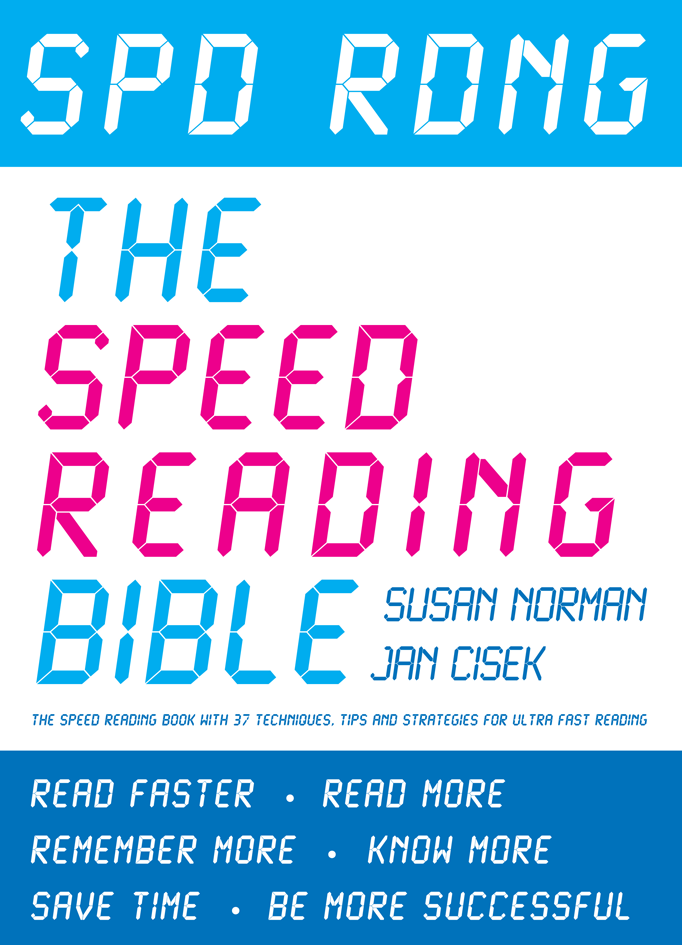Process at least 10 times more material with speed reading.
Double – triple… your reading speed in just two days.
Have you got a pile of books, reports, journals and magazines you’ve been meaning to get through? Can’t face it?
Feeling the information overload?
In a world of information overload and cognitive overload wouldn’t it be nice to get through textbooks, reports and manuals in the time you have? And to retain and remember more of what you read? With speed reading, you can. You can learn simple techniques to get on top of your reading and keep one step ahead of the competition!
Speed reading / spd rdng goes beyond traditional reading. It’s quick and easy to learn whether you are a student or in business – or involved in personal development.
Speed reading courses in 2023: 18-19 May 2024,
London, Chelsea SW3
Call us now +44 7956 288574
Become a speed reader – get smarter faster
Speed readers are more successful in their professional and personal lives because they get the best quality, life-changing information, knowledge and wisdom faster.
During the speed reading course in London you will learn:
1. to read faster – at least 2-3 times faster or even more and 10 times more material – start with 6 books during the 2-day course
2. to remember what you read
3. mindmapping and rhizomapping for taking notes
4. syntopic processing – read four books in one hour
5. speed reading, rapid reading and photoreading techniques – everything you would learn on both speed reading and photoreading classes
6. to improve your memory, concentration, understanding
7. to absorb reports and technical information and relate the training to your specific circumstances (eg study, business)
Read more about the speed reading course

Speed reading transforms people. Research suggests that speed readers are more successful and make more money.
Testimonials from speed readers
‘It would have taken me weeks to get the information I got in just one hour using syntopic processing!’
Shamshad Syed, Orthopedic Surgeon, London
‘Four days after the course I processed 6 heavy academic tomes! No-one else managed to read more than one. Everyone was amazed!’
Adam Hearn, Student, Spain
‘Revolutionary! An outstanding course. Should be taught in every school.’
Mark Trewren, Social Entrepreneur, London
Read and watch more speed reading testimonials
Your speed reading trainers
Jan Cisek – speed reading and photoreading trainer since 1999
Susan Norman – speed reader and accelerated learning expert
Both Jan and Susan have over 20 000 hours of experience in speed reading, photoreading and have helped thousands of people on our courses to become great speed readers.
Read more about speed reading trainers
Spd Rdng – The Speed Reading Bible – Speed Reading Book which gives Techniques, Tips & Strategies For Ultra Fast Reading
by Susan Norman and Jan Cisek available as an ebook on Amazon Kindle and paperback
BUY THE SPEED READING EBOOK/PAPERBACK NOW

Start saving time now – learn top speed reading techniques, tips and strategies from the world-leading speed reading experts
“This book on speed reading was recommended by a friend and it becomes my first aid guide for my study (I’m a psychology student). It’s full of very useful information, mixed with great exercises which everybody can apply in their reading or studying. Not only the exercises are easy to do but also quite relaxing and motivating (my 10 years old niece’s finding them funny too). After reading this book I took the next step forward and went for the two-day course run by those two amazing and charismatic authors. I’m a teacher myself and I’m full of admiration for their skills of transferring their knowledge and wisdom. I’m recommending this book to all my friends and family. This speed reading book has changed my life. Thank you, Susan and Jan for the vital skills that will stay with me forever.” Bozena, Psychology Student, London
Who benefits from speed reading
Students – university courses typically require you to read 30 or more books a week. This is impossible using ‘normal’ reading techniques, but quite doable when you know-how. (Check out Adam’s experience after doing our photoreading – speed reading training.)
Computing, law, medicine – and other subjects where you need very detailed information. It’s not enough just to ‘get the gist’. Speed reading shows you how to get layers of information – including those last details – in a fraction of the time it takes using old-fashioned reading.
Actors – on our speed reading courses (and in the Spd Rdng book) you learn how to remember what you read, word for word, if necessary.
Your personal development is not complete if you don’t know the speed reading and photoreading techniques we teach on this course. Get through the NLP books faster. Learn how to get the message from all the personal development books – and how to put the skills into practice. Anthony Robbins recommends photoreading training for a reason! “I have seen PhotoReading help countless numbers of people to discover a faster, more efficient path to success. No matter what you need to read, he can teach you to get it done in a third of the time.” Anthony Robbins, Author of Awaken the Giant Within and Unlimited Power
Companies, corporations and institutions – to keep up-to-date with the latest information is the key to the success of any company or organisation. We provide in-house speed reading trainings for your specific needs. Read more about our in-house speed reading courses
COMING SOON to this website
New 30-minute Spd Rdng video: Spd Rdng for Students
A companion ebook Speed Reading for Study is available on Amazon Kindle
Watch this space!
You are unique – and so are our speed reading courses!
Where other courses teach a ‘one-size-fits-all’ approach, on our courses we give you the skills to adapt to different materials – and to your own unique requirements.
In two days on our London speed reading classes, you learn both speedreading and photoreading techniques, tailored to your individual needs. They are enhanced with accelerated learning techniques so you get it quicker, and remember what you learn.
And yes, it works for everyone – you don’t need special skills before you start.
And no, you don’t need to practice. Just start reading more effectively straight away. Read more
One-day memory course
Would you like to improve your memory?
Remember more of what’s important to you?
Then join us for this one-day special course on memory skills. Read more about the memory course
#1 blog on speed reading and photoreading plus the latest research on reading, accelerated learning and personal development
Research is catching up with common sense (and what we’ve been teaching for years on this course). The more you read and play with information, the better your reading ability (read ‘txtng gd 4 rdng’) and link gestures with words you want to remember – actors take note! (‘Gesturing helps learning’ – read our SpeedReading Blog).
More testimonials from speed readers, who attended our speed reading course in London
“I cannot recommend this speed reading course highly enough. I am a cynic by nature but am totally won over and bowled over by the content and the tutors. Fabulous, mind blowing and so so very useful.” Nicky Siddall-Collier, London
“Jan and Susan are absolutely amazing! I have learnt so much on the speed reading course and especially love the 20 minutes techniques – specific information gathered with a purpose set in mind. Brilliant speed reading course – will definitely recommend it!” Wam Thuo, London
“Great speed reading course, what are you waiting for. It really works, enrol today.” Student, London
” Susan and Jan made this skill acquisition of speed reading fun and actionable. Thank you both.” Chris Matson, London
“Well structured speed reading course that I wish I had had at the beginning of my university studies – not 3 degrees later.” Michael Roch, London
“I wish I knew speed reading when I was a full-time student. I’m going to teach speed reading to my children.” Kate Durrant, London
“Recommend it. This speed reading course needs to be included in schools and universities.” Natasha Smirnova, London
“I’m on my way on a fantastic journey of learning.” Brett Chitty, London
“Thanks, really enjoyed it. X” Justin Gilbert, London
“As a 55 years old pleasure reader people thought I was wasting my time on this speed reading course. I think we have proved them wrong.” Yousuf Ali, London
Read and watch even more testimonials on this speed reading training which we have received from thousands of speed readers who attended this speed reading course over the past 19 years

